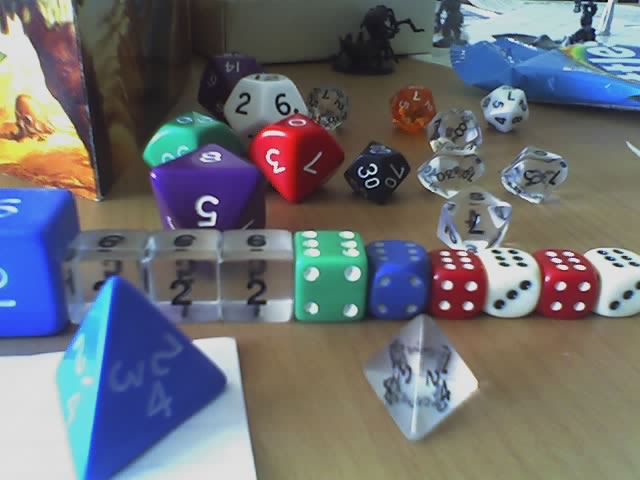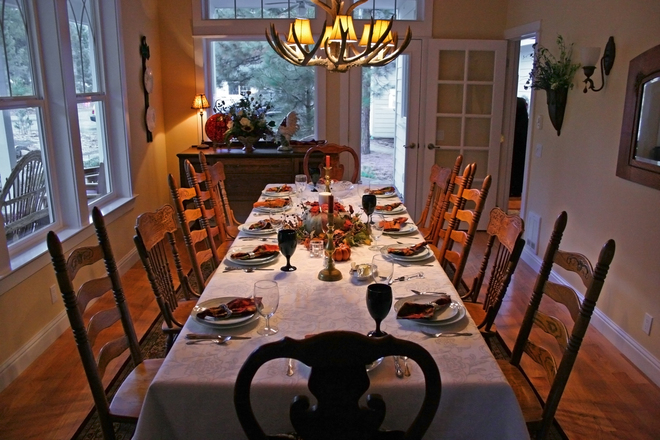One thing that I have noticed on social media (specifically the TTRPG corners of Twitter) is that when people try to change things from how they’ve been done in the past, there’s often significant pushback. In addition to the usual nasty internet behavior such as name-calling, insults, sea lioning, and even death threats, there’s often either accusations or hand-wringing about having “ruined the game.” However, what happens is arguably the opposite; these products designed to provide better representation often introduce interesting new design space into the game. This is most commonly seen in what Robin Laws refers to as “f20” games; the space where D&D, Pathfinder, 13th Age, OSR games, and the like live.
So let’s take a look at a couple of cases where interesting design has come out of a desire to achieve better representation.
Before I get into any of that, however, I’d like to acknowledge something: sometimes a specific group likes having things a certain way and everyone in the group agrees. If that’s the case, no amount of new development can make you change those methods if you don’t want to; vintage RPG manuals will not rearrange their text to accommodate new design trends or social mores. Furthermore, since a lot of folks who complain about new stuff often stick to older systems anyway, I’d argue that a lot of them essentially engage in protracted sour grapes about people enjoying things that they personally were never going to use in the first place.
There’s also the secondary consideration that not everything works in every setting and F20 fantasy has really become its own genre of fantasy since the introduction of 3e D&D back in 2000. This has as much to do with art and aesthetics as the rules themselves. Prior to third edition, armor styles were very traditional/historical or at least heavily influenced by sword & sorcery fiction like Conan and Elric. After 2000, D&D and its antecedents started using a more stylized “dungeon punk” aesthetic influenced by artists like Wayne Reynolds. Cool-looking but arguably-impractical fictional weapons got introduced to the game (though it’s worth noting that history had some pretty out-there weapons, too – do an internet search for “lantern shield” some time). There’s also been a bit of cross-pollination with video games and anime. This in turn led to the genre pulling further away from its historic roots. Finally, individual settings have different levels of technology and ahistorical weirdness in them. Worlds like Primeval Thule are much closer to a bronze age/Conan aesthetic where settings like Ravnica which originally was a Magic: the Gathering world have a much different set of assumptions. It’s also worth noting that popular fantasy settings outside of the TTRPG space also have a lot of different assumptions. The worlds that The Belgariad and The Black Company take place in are extremely different places, and if you base a setting on one or the other, you’re going to include or exclude specific elements based on that. I do that, too. I didn’t have halflings in the Actyrean setting, for example.
So I think it’s important to acknowledge that not everything goes in every world. I tend to stuff more than most world builders into my settings (which probably has at least something to do with the fact that my very first TTRPG system was GURPS) and yet even I don’t try to use everything in all the books I own.
That said, settings are often more pliable than people think, and new ones get invented all the time. And most importantly, people like to be able to see themselves in the games they play. For a person like me, that is very easy. I’m a cisgender, heterosexual, white, able-bodied, male Protestant from the United States. For most of the TTRPG industry’s 40+ year history, I have been the assumed default customer. And so you will see people in RPG manuals that occasionally look like me. They occasionally look so much like me that they could be actual relatives of mine. That’s not an advantage that everyone enjoys. People not descended from European stock, women, and disabled people in particular are often very under-represented in RPG artwork. This can get a little absurd when you think about real-world demographics and history. You see almost nobody who looks like they’re from Asia in a lot of fantasy art. Not to put too fine a point on it, but India and China combine to account for about at third of the real world’s population. People who look like those found in real-world Africa, India, China, and the Middle East are extremely uncommon in fantasy artwork for no particularly good reason. Making matters worse, members of minority communities in the US often see uncomfortable parallels between how fantasy races like orcs and drow are described in RPG manuals and how they themselves are described by white supremacists. Disabled people often don’t see rules for prosthetics or mobility aids such as wheelchairs in fantasy RPG rules at all. (It should be noted that other genres like cyberpunk are often much better about representation than fantasy!)
So it’s not hard to see why people would start looking at ways to see themselves in games and remove some of the ugly reminders from the real world that follow them to the table. Sometimes this is done at home tables by taking things away – orcs and drow causing problems for someone in the group? This world doesn’t have any, or you’ll never see them. This is essentially using a safety tool approach, and it can work if nobody feels like engaging in game design. However, sometimes you want the cool elements of orcs (being a big, brawny, gray-skinned person with cool tusks) without the baggage (assumed to be evil, stupid, and generally uncivilized). What then? Or perhaps you want to play a character based on or inspired by a disabled character from popular fiction like Mad Hamish (the guy on the left edge of the group) from Discworld, Oracle from the Batman family, or Professor X from the Marvel Universe. Or maybe you just want someone who is a person of one species, but who has absorbed the culture of another, such as Carrot Ironfoundersson from Discworld (human, but raised by dwarves) or Aragorn from Lord of the Rings (human who spent significant time among the elves). What then?
A bunch of enterprising game designers step up, that’s what. Necessity is the mother of invention and often leads to benefits far beyond the solving of the initial problem. For a really cool example try a web search for “technological advances from the space race.” Most of us will never leave Earth’s atmosphere, but a lot of us have used cordless vacuum cleaners, water filtration, devices made out of materials originally developed for the space program, and so on. And in much the same way, “sensitivity projects” often give you a bunch of cool options beyond just the fixing of the problem they aim to address.
I’ve actually wanted to write a post like this for a while, but a lot of the stuff I’d normally point to has been commercial products, and pointing to examples parked behind paywalls is kinda unfair, especially these days with economies in a slump due to the pandemic. That is, however, no longer the case. For an example of what it looks like when the traditional PHB races are split into heritage and culture and stripped of the worst elements that make people from minority communities uncomfortable, take a look at this playtest packet. (Quick disclosure: while I didn’t work on anything you’ll find in there, I am affiliated with the overall project that is part of – I’m one of the freelancers that’s been put on the general design team. The project is also looking to fix several other issues with 5e – but that’s a whole other blog post that should be written by someone at EN Publishing, not me.) And for another example, here’s a link to Sarah Thompson’s free 5e combat wheelchair rules. You don’t have to use these things, but I think if you’re at all interested in game design, you should take the time to read over both – and if you’ve been looking to increase representation in your games (or just give your players more options), you should definitely look at both. And for a fun, quick, and extensive example of “these things fix more than just sensitivity issues” – take a look at the dragonborn in the playest packet. I’m not going to spoil it, but … just have your 5e PHB or the SRD open to the dragonborn section when you do so you can compare.
Much like the space race, so-called “sensitivity products” often bring a lot of other interesting elements to the table. The higher level of customization options and versatility offered by both of these projects have exciting implications for fantasy worlds. Even if you tend toward the traditional in your sensibilities, gaming-wise, it’s worthwhile to stick your head out and check out the new stuff with an open mind. New game designers may have created something cool you’d like to use.
Image by Gerd Altmann from Pixabay




